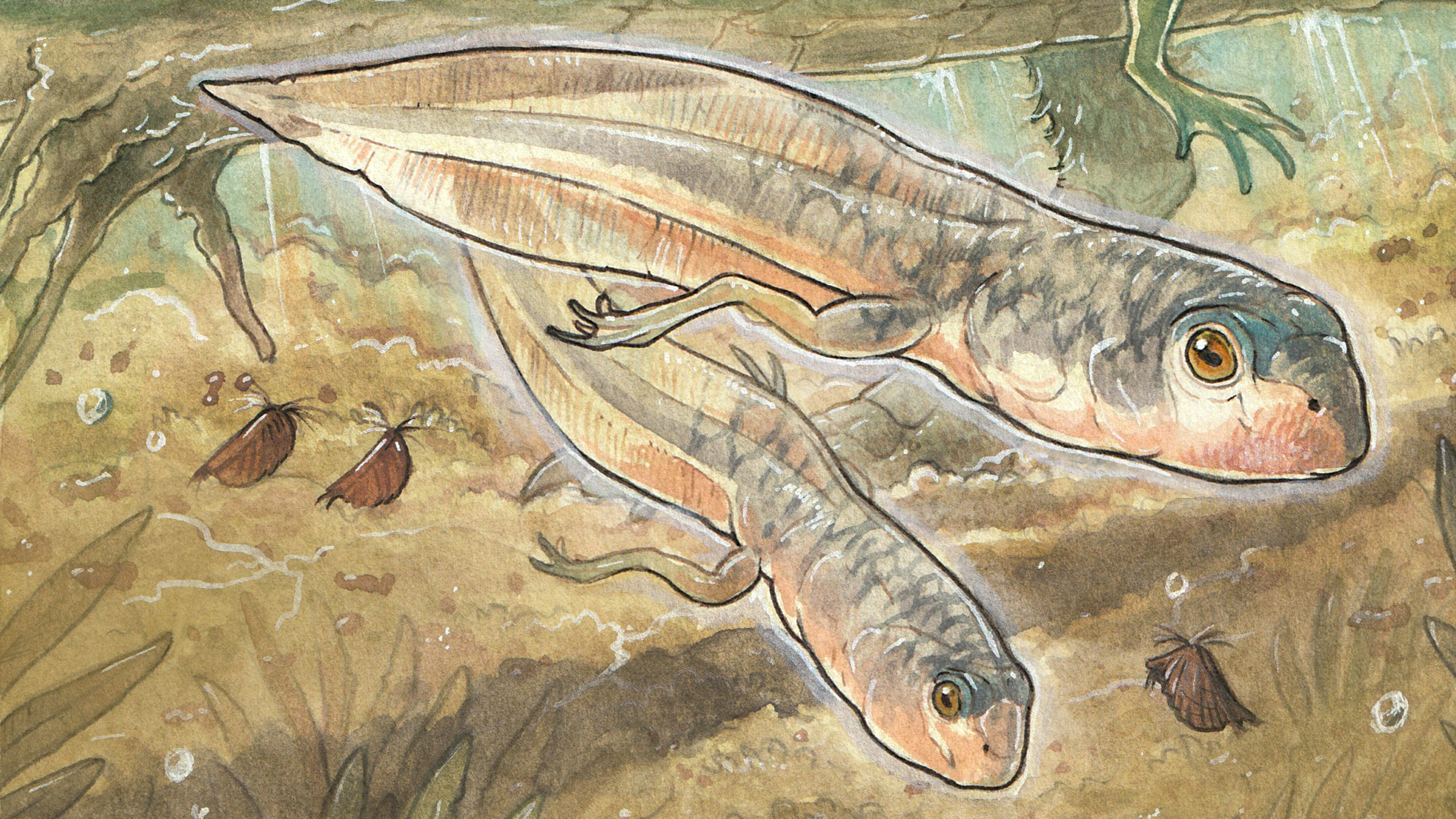Coatings, Vol. 13, Pages 641: Water-Free SbOx ALD Process for Coating Bi2Te3 Particles
Coatings doi: 10.3390/coatings13030641
Authors: Sebastian Lehmann Fanny Mitzscherling Shiyang He Jun Yang Martin Hantusch Kornelius Nielsch Amin Bahrami
We developed a water-free atomic layer deposition (ALD) process to homogeneously deposit SbOx using SbCl5 and Sb-Ethoxide as precursors, and report it here for the first time. The coating is applied on Bi2Te3 particles synthesized via the solvothermal route to enhance the thermoelectric properties (i.e., Seebeck coefficient, thermal and electrical conductivity) via interface engineering. The amorphous character of the coating was shown by the missing reflexes on the X-ray diffractograms (XRD). A shift from the oxidation state +III to +V of the Sb species was observed using X-ray photoelectron spectroscopy (XPS), indicating increased thickness of the SbOx coating layer. Additionally, a peak shift of the Sb 3d5/2 + O 1s peak indicated increased n-type doping of the material. Electrical measurements of spark plasma-sintered bulk samples confirmed the doping effect on the basis of decreased specific resistivity with increasing SbOx layer thickness. The Seebeck coefficient was improved for the coated sample with 500 cycles of SbOx, while the total thermal conductivity was reduced, resulting in enhancement of the zT. The results distinctly show that surface engineering via powder ALD is an effective tool for improving key properties of thermoelectric materials like electrical conductivity and the Seebeck coefficient.

 1 year ago
29
1 year ago
29


